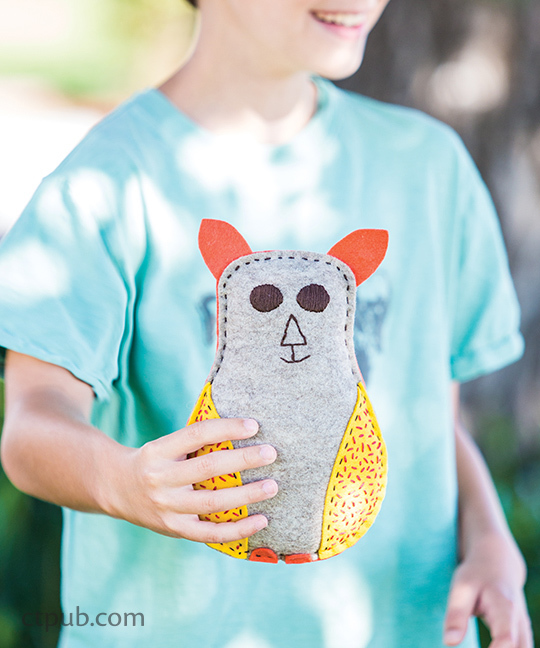Embroidery for Children: A Tapestry of Benefits
Posted by Cassie Steele on Mar 20th 2018

An advanced skill that has been practiced and appreciated since the times of ancient civilizations, the art of embroidery is thought to date back as far as 30,000 BC, originating in the Middle East and Asia. With such a rich history and tradition of using embroidery to enhance the beauty of materials, it is no surprise that it is still a popular hobby today. Many enthusiasts learned the skill of embroidery as a child and that for every type of hand stitching, there is a needle for the job! Learning how to embroider from a young age is a useful skill that develops lifelong skills, such as coordination and creative thinking.

With the dawn of modern technology, even traditional arts such as embroidery can be done with a bit of modern assistance. In the case of stitching and sewing, there are a huge variety of machines to choose from, making the hardest choice how to choose the right machine out of a great assortment. Factors worth considering may include budget, what style of sewing you prefer, and whether you are a novice or more well-versed in the art.

Transferable skills
Some people may consider sewing an old-fashioned skill, despite the fact that it is still essential in the modern world. Embroidery takes that skill one step further, incorporating more complex sewing and stitching abilities, as well as adding a particularly creative aspect. It is a skill that can benefit children throughout their lifetimes. For example, before starting on an embroidery project, there needs to be an element of planning to ensure that the spacing is correct and that the right color and amount of thread are to hand, developing organizational skills. Hand-eye coordination skills are also required, enhancing manual dexterity and fine motor skills.

The social implications
Learning embroidery as a child can also help turn that child into a valuable member of society. This is because it is a skill that requires patience and practice, but allows for a sense of pride and satisfaction when the outcome is achieved (with beautiful results). This strengthens children's emotional intelligence, since they must understand and have respect for the time and labor that go into a project or activity in order to achieve successful results.

Children are often credited with being able to absorb new information like sponges and pick up new skills faster than adults. Making activities entertaining enough to capture their attention for longer periods of time can often be the tricky part and usually involves adding an element of creativity. In that sense, embroidery checks all the boxes, since it scratches the creative itch while also developing emotional and academic capabilities and shaping children into becoming well-rounded adults.

If you are interested in teaching a child to embroider, be sure to check out our books on the subject, The Amazing Stitching Handbook for Kids and Fabric Paper Thread.







